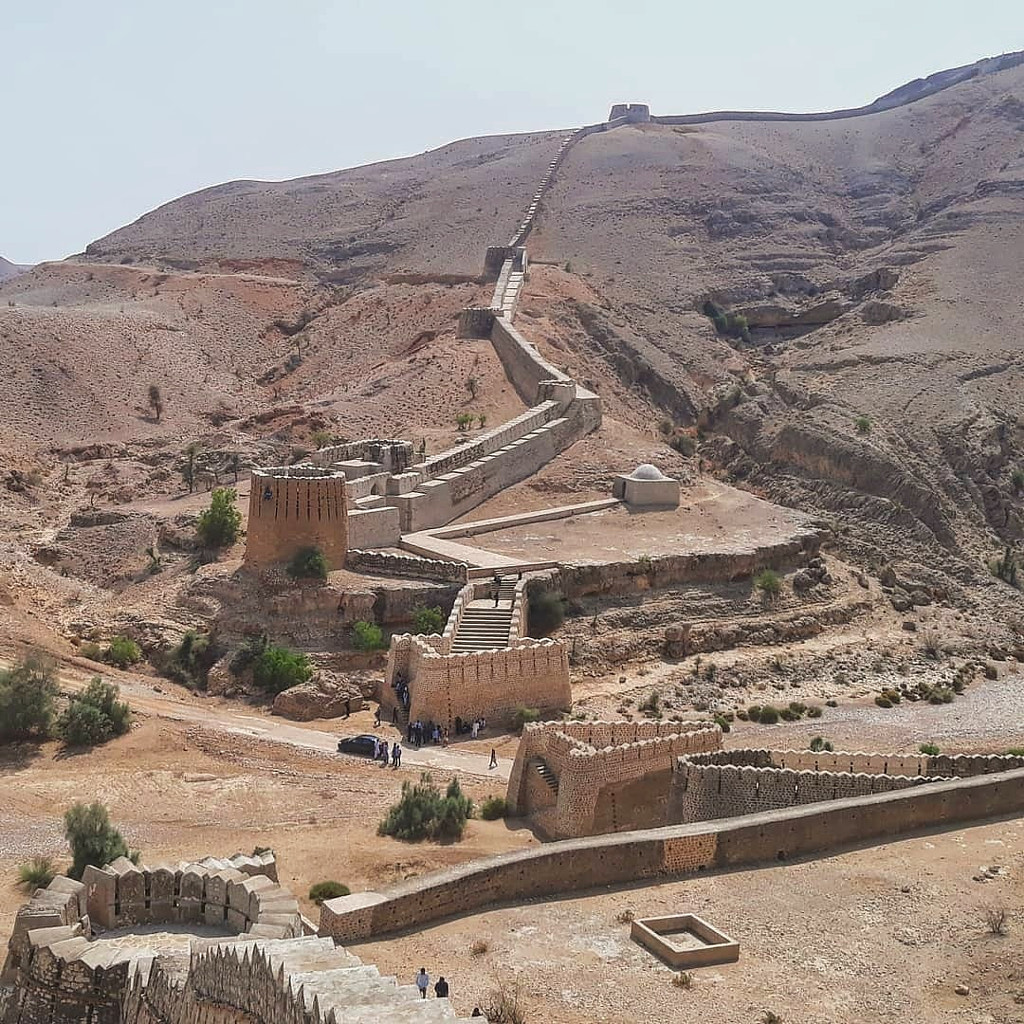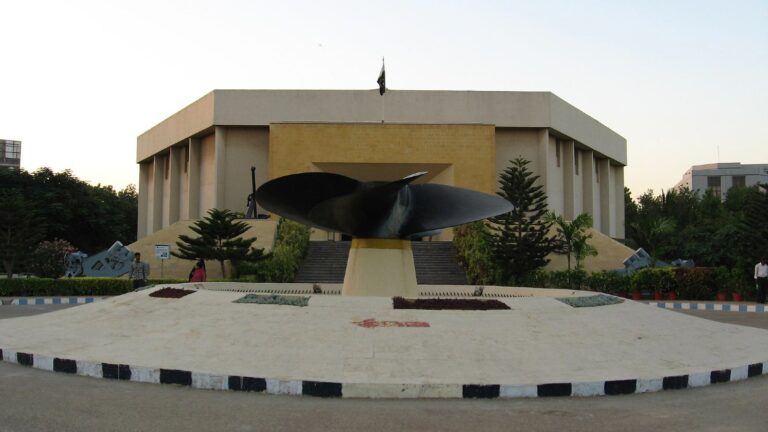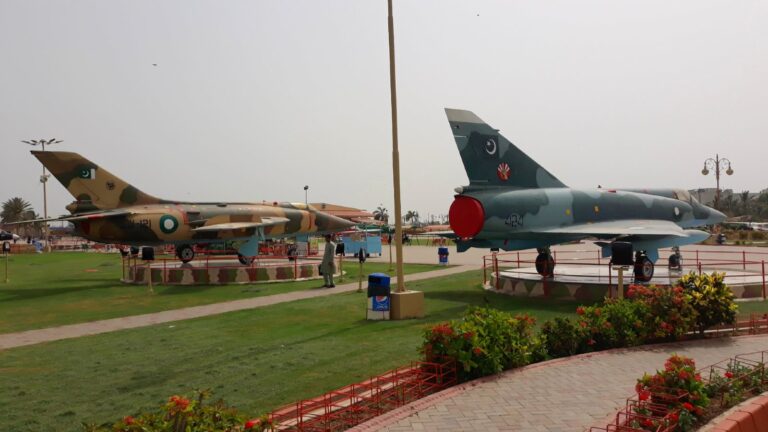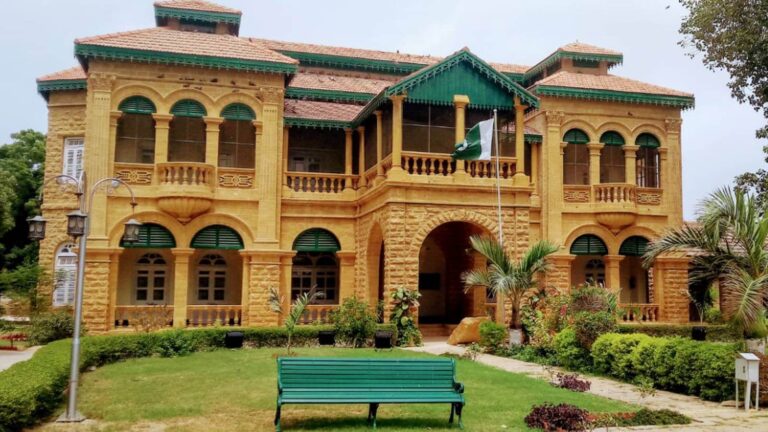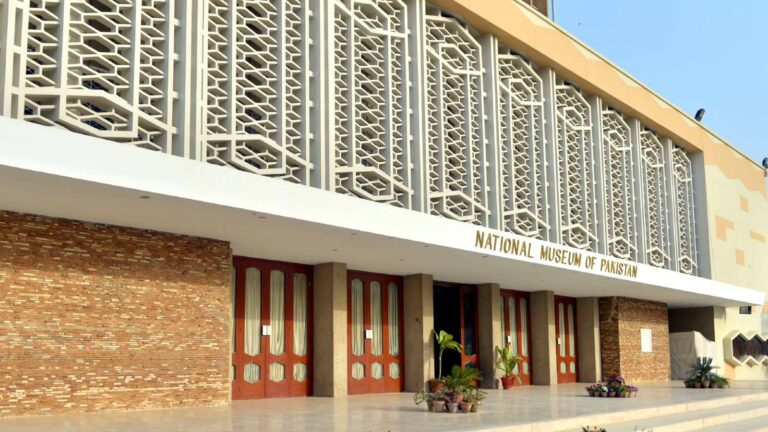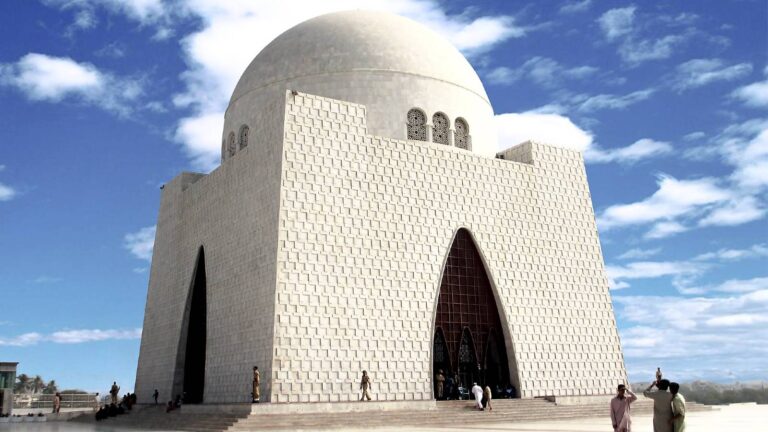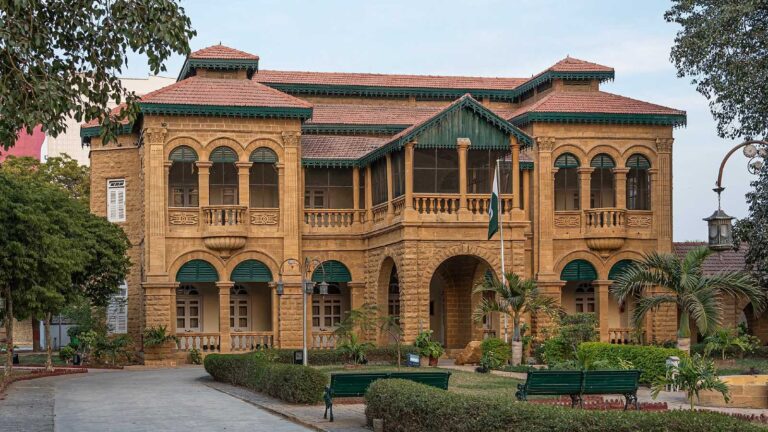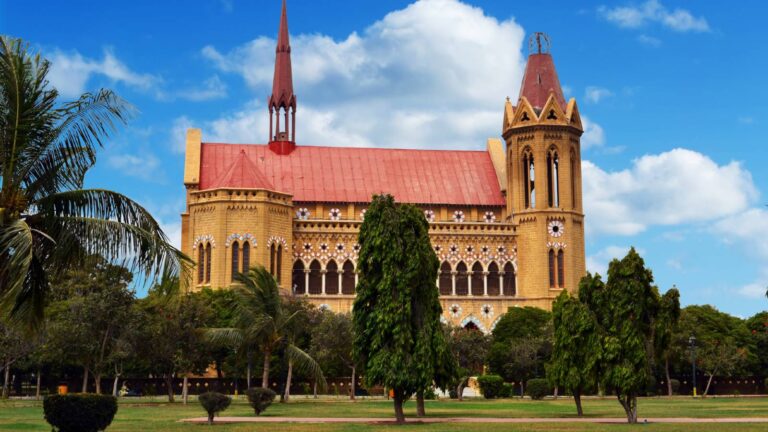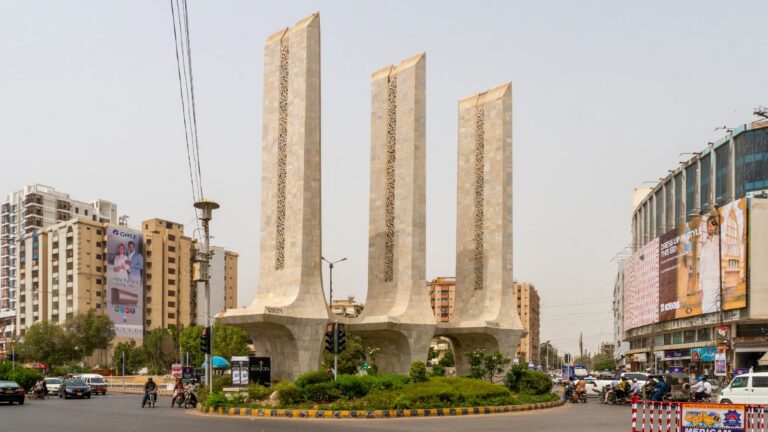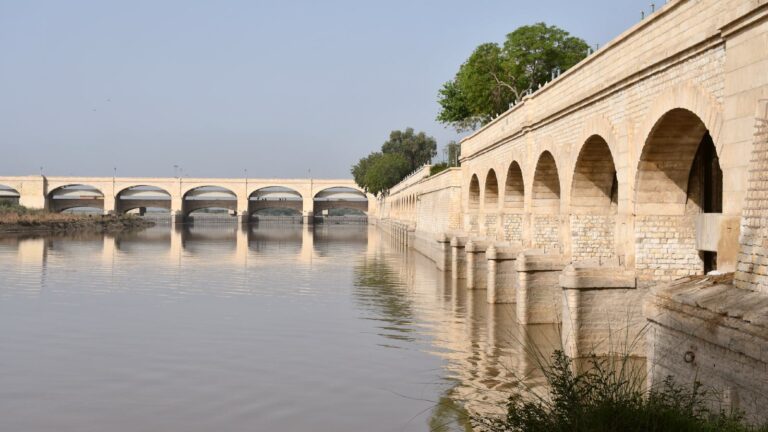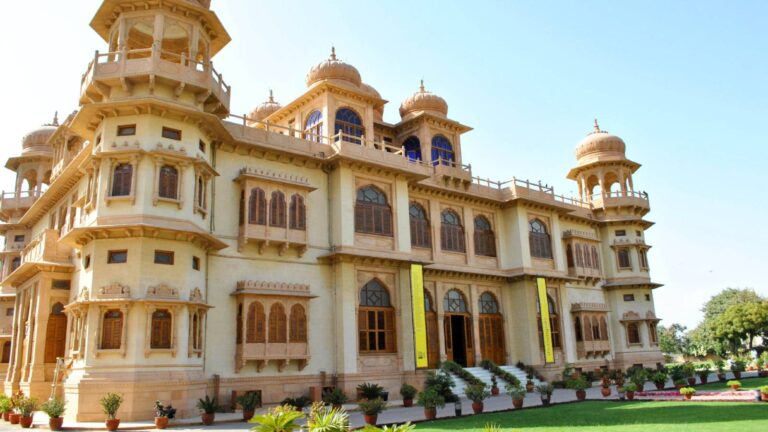Getting There
Thebest way to get form Karachi to Ranikot Fort by car. The driving distance between Karachi to Hyderabad Ranikot Fort is 261 km.
It takes approximately 3 hour 56 mint according to Google map.
What to Expect
Ranikot is a historical fort near Sann, Jamshoro District, Sindh, Pakistan.Ranikot Fort is known as the great wall of Sindh and is believed to be the world’s largest fort with a circumference. The fort itself is reportedly 32 kilometrers
The site was nominated in 1993 by the Pakistan national Commission for UNESCO word heritage status.
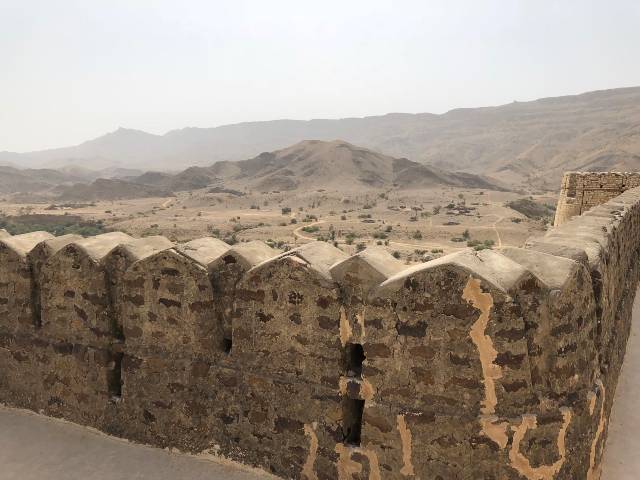
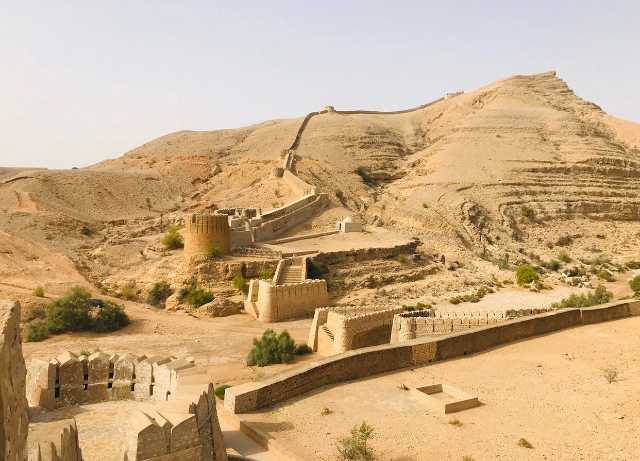
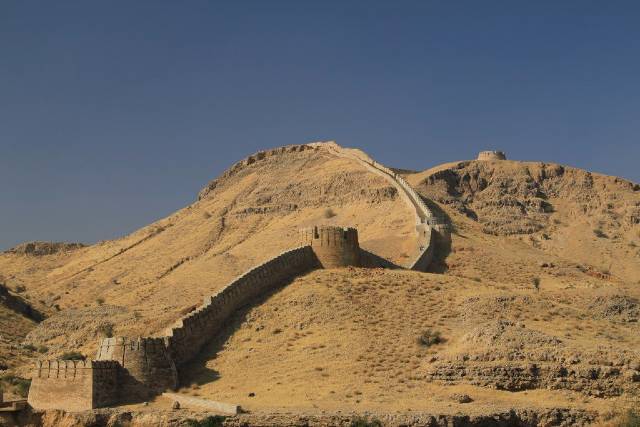
History
RanikotFort is also known as The Great wall of Sindh and is believed to the world’s largest fort, with a circumference of approximately 32 kilometres (20 mi).
The fort’s ramparts have been compared to the Great Wall of China.
The Fort was first restored by Nawab Wali Muhammad Leghari, who was the Prime Minister of Sindh under the Talpur dynasty. Restoration works were undertaken on the fort particularly on the Sann Gate complex, the fortification wall extending south including the mosque and the small Meeri fort or palace within the main fort.
The original purpose and architects of Ranikot Fort are unknown. It was formerly believed that the for was built during the regimes of the Sassanians,the, the Scythians, the Parthians or the Bactrian Greeks , however, more recent evidence shows that the fort originated under the Talpurs and constructed during the administration of Nawab Wali Muhammad Leghari, the Prime Minister of Sindh during the Talpur dynasty.
Archaeologists point to the 17th century as the time of its first construction but Sindh archaeologists now agree that some of the present structures were reconstructed by the Talpur dynasty in 1812 at cost of 1.2 million rupees (Sindh Gazetteer. 677) The battlements of Ranikot formed the last capital of the Amirs of Sind, When they were brought under the colonial rule of the British Empire.
Radiocarbon tests were conducted at the Sann Gate on the charcoal embedded in the mortar of a collapsed pillar of the eastern gate of the fort. There tests have confirmed that this gate was probably renovated between the early part of the 18th century and the early part of the 19th century, prior to Britain invading the fort when the Kalhoras or most likely the Talpur Mirs of Sindh ruled over the area.

